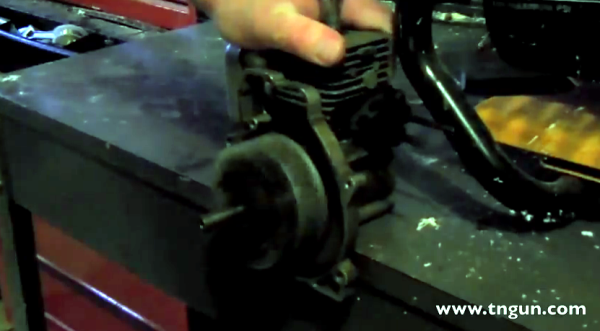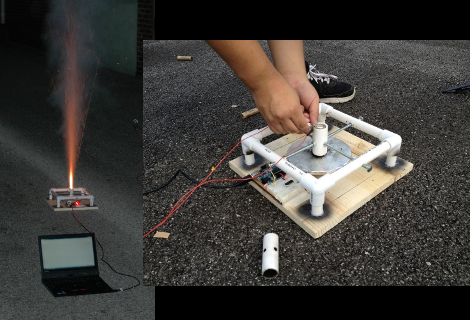
[Graham] over at FUBAR labs took it upon himself to build a rocket engine. This isn’t a simple solid-fuel motor, though: [Graham] went all out and built a liquid-fueled engine that is ignited with a spark plug.
The build started off with a very small ‘igniter’ engine meant to shoot sparks into a larger engine. This engine is fueled with ethanol and air – not the best fuel for a rocket engine by a long shot but save and cheap enough to do a few serious experiments with.
To test out this small engine, [Graham] made a test platform out of aluminum extrusion to remotely control the fuel and oxidizer valves. The valves are controlled by an Arduino and XBee for remote operation and a telemetry downlink for measuring the fluid flow into the engine.
After he had some experience with pressure, plumbing, valves, and engines, [Graham] upgraded his fuel and oxidizer to gaseous oxygen and ethanol. With proper safety protocol in place, [Graham] was able to a series of three 3-second burns less than a minute apart as well as a single burn lasting nearly 5 seconds.
Even though [Graham] eschewed the usual stainless steel construction of rocket engines (his engine is milled out of aluminum), he demonstrated it is possible to build a real liquid-fueled rocket engine at home.
















